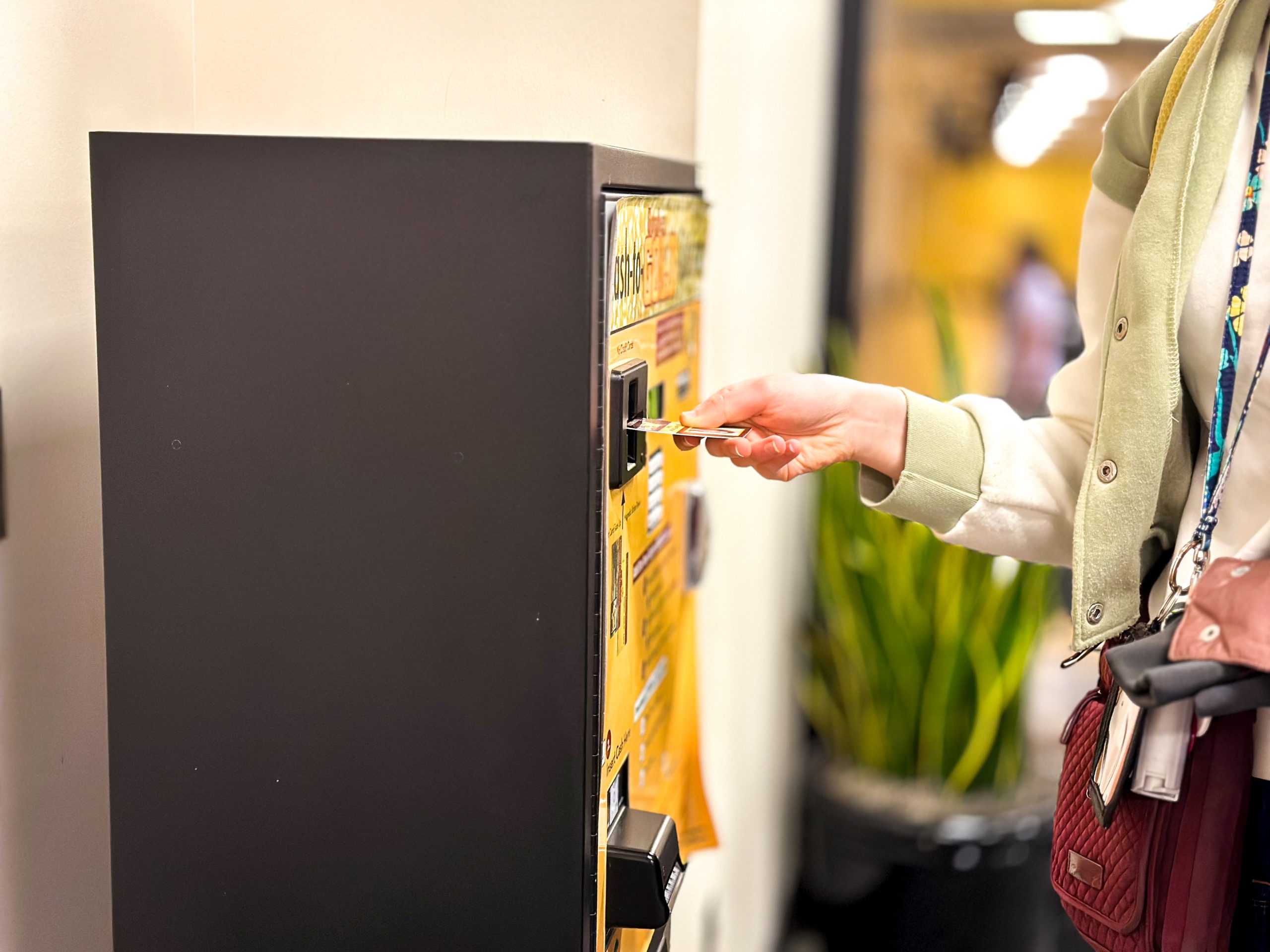Minnesota Sen. Paul Wellstone asked the federal government Wednesday to consider the state at high risk for methamphetamine use.
Wellstone requested that the U.S. Drug Czar, Gen. Barry McCaffrey, designate Minnesota as a “high intensity drug trafficking area,” according to a press release.
The spread of methamphetamine in the Twin Cities and around the state led Wellstone to his decision. Although the move will put Minnesota on an unpopular list, it will also allow the state to receive increased federal funding to improve conditions.
State officials don’t know if the University would benefit directly from increased funding if Wellstone’s request is granted.
“I strongly believe that the unique nature of the drug trafficking problem in Minnesota warrants designation,” Wellstone said in a printed statement.
He described methamphetamine — often known as “meth” — as “the drug of choice in the state,” and he noted its connection to violent crime.
Meth is a homemade chemical which can kill a person simply from breathing the fumes. It can also explode easily, said Minneapolis police Lt. Ike Delugo. The drug is popular because it produces a high which is more intense and lasts longer than cocaine, but is sold at a similar price.
As users come down after the high, they experience “tweaking” and paranoia. Delugo said this often results in violent behavior.
“There are people that get so paranoid they’ll tie their children up — or even kill them,” he said.
The state received funding for a narcotics task force before Wellstone’s announcement, but money will be more readily available in the future if Minnesota is classified as a problem area. The federal government has already allotted $750,000 to the Minneapolis Police Department for a project to combat meth trafficking.
While the department is working with other state and county agencies to create a project task force, the University does not receive any of the project money.
Delugo said the funds will be used for training projects, equipment to dismantle meth labs safely, surveillance equipment and four drug dogs.
“We’re creating a focused attack on drug dealers, especially meth labs,” he said.
Meth trafficking, as opposed to meth use, has recently become more of a concern in the Twin Cities, said Penny Parrish, spokeswoman for the Minneapolis Police Department.
Originally, the drug was popular with bikers and most prevalent on the west coast, he said. However, it’s becoming more popular in Minnesota.
Until recently, most methamphetamine originated in Mexico and worked its way through the country to Minnesota. But the increasing number of meth-use arrests and uncovering of local meth labs has shown police that more people are making it at home.










